Understanding collaboration begins with the definition of the word itself. Collaboration requires more than telling each other what we are doing (communication), is more involved than planning our work together (coordination) and it is also different from its most common substitute, cooperation (working or acting together for a common purpose or benefit). The definition I am using comes from the on-line source, Dictionary.com:
Collaboration: to work one with another, especially in a joint intellectual effort
Today we work in a world that requires collaboration because we are being called to think and act together as a collective. Collaboration is a struggle without the glue of clear common purpose and benefit (cooperation), the ability to plan face-to-face and with time to explore consequences and contingencies (coordination), and being co-located or even in the same time zone (which impacts communication), conditions that usually existed in the past.
Our communication is no longer that of lengthy letters, salons, and slow days of collegial contemplation and inquiry. We tweet and twitter, email, voice mail, socially meet on-line, have three concurrent meeting booked at work, wildly multi-task and communicate while driving, eating, playing – all the while wondering why real collaboration remains just out of reach. Check out any successful design company, they stress a collaborative style that is the equivalent of full body contact compared to that we see in Fortune 500 companies. How can we achieve this without wrinkling our suit? You guessed it – Design Thinking.
- Design Thinking links your business to your stakeholders, especially your customers. Lockwood points out that design thinking is built on the concept of community – not job description, raw accountability, and silo departments. Community is not something that most business folks think about beyond corporate responsibility. Community, Peter Block and Meg Wheatley write eloquently on this subject, is a way of being together that recognizes all the stakeholders and the value they add to the work. Community identifies who your collaborative partners are and then invites them into the conversation. When we are aware of the community of practice (see Etienne Wenger’s work here) that supports our immediate work, we become aware of where the knowledge and expertise resides within our organizations. Using the graphic representation of Episodic Thinking (Figure 1), we can see how design thinking takes us on short periods of divergent exploration or quick periods of co-creation with key stakeholders without loosing track of the sequential backbone of the project or process.
- Design Thinking uses rapid prototyping for products, processes, and ideas to unleash creativity and collaboration. Synergy is the name of the game in design thinking, consider every idea, product, or process half-baked when presented and suddenly someone can improve on it. When business operated solely in the simple and complicated domains of knowledge management, we could take our time and rely on “invented here” to guide us. Well, the world is now complex and in the words of Pixar cofounder Ed Catmull (HBR September 2008, p 65): “complex product development [requires] creativity [that] involves a large number of people from different disciplines working effectively together to solve a great many problems.” Rapid prototyping for Pixar occurs in the safe space of give-and-take conversations with the “brain trust;” eight directors who come together to support, challenge, and provide feedback to the team requesting their help. Catmull also points out the half-baked nature of rapid prototyping at Pixar, each day teams present their unfinished work to each other. This “liberates people to take risks and try new things because it doesn’t have to be perfect the first time.”
- Design Thinking and Design Teams generate organizational resilience. When collaboration becomes the way we work and Episodic Thinking is a core competency, organizations can harvest adjacent spaces in the market, capture value outside of the product offer, and close the gap between customer and company. Agility, the result of organizational resilience, is the foundation for sustainability. Consider that both the jobs and the products we take for granted today didn’t exist 10 years ago. Who can predict what is needed for even the 5-year future? Without Design/Episodic Thinking our ability to be proactive in the volatile world we face is severely limited.
Next week the third aspect of Design Thinking: Communication.
 Sections of this topic
Sections of this topic

















